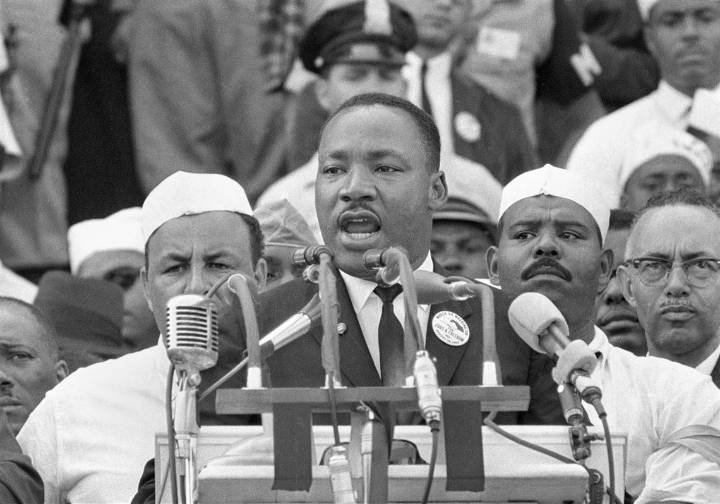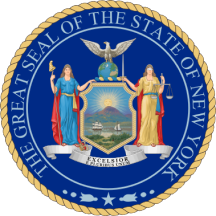WASHINGTON — Turn on the evening news six decades ago, and quite often the top story was the latest effort by Black Americans to abolish Jim Crow. Or you could read all about the sit-ins, marches and rallies for civil rights on page one of the next day’s newspaper.
The Rev. Dr. Martin Luther King Jr. was at the forefront of demonstrations calling for banning racial discrimination and removing barriers to voting. Authorities met them with fire hoses, dogs and billy clubs, like the one used to crack open the skull of future Rep. John Lewis leading a march for voting rights across the Edmund Pettis Bridge in Selma, Ala.
Outrage over the violent responses to peaceful protests fueled efforts in Congress to enact major civil rights legislation signed into law by President Lyndon Johnson.
Now

 Pittsburgh Post-Gazette
Pittsburgh Post-Gazette

 America News
America News Newsweek Top
Newsweek Top Local News in New York
Local News in New York AlterNet
AlterNet Raw Story
Raw Story The Christian Post
The Christian Post